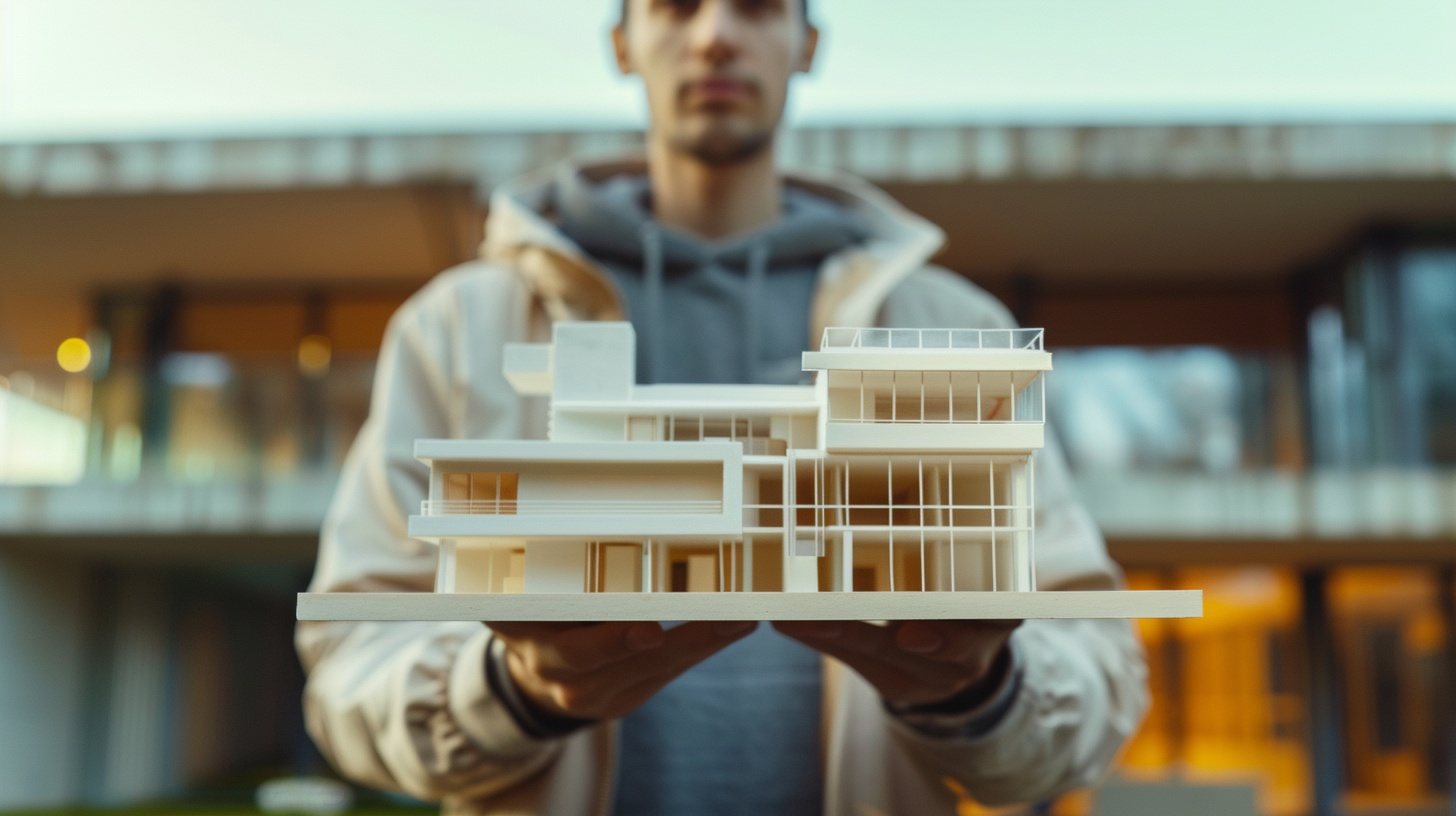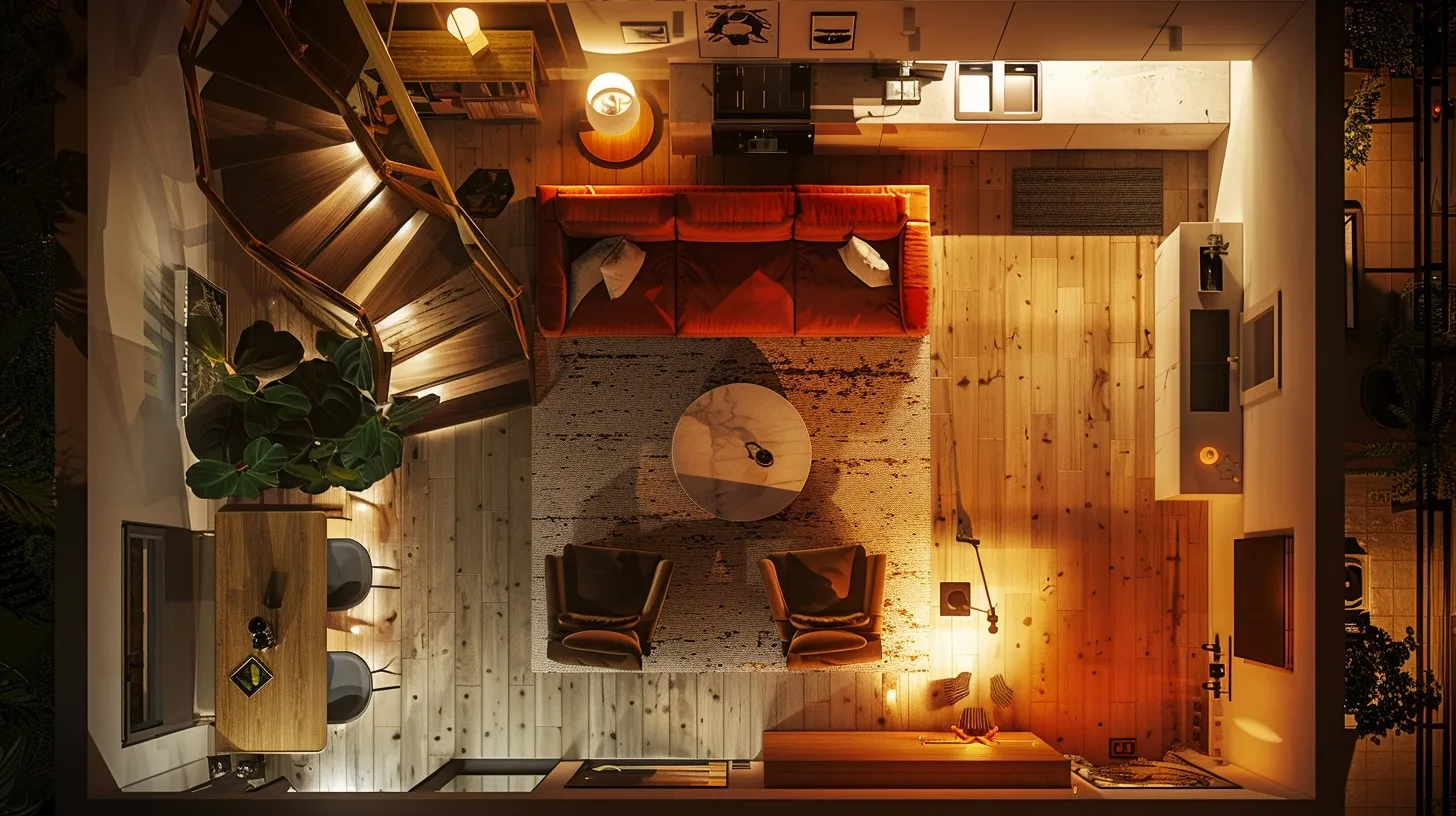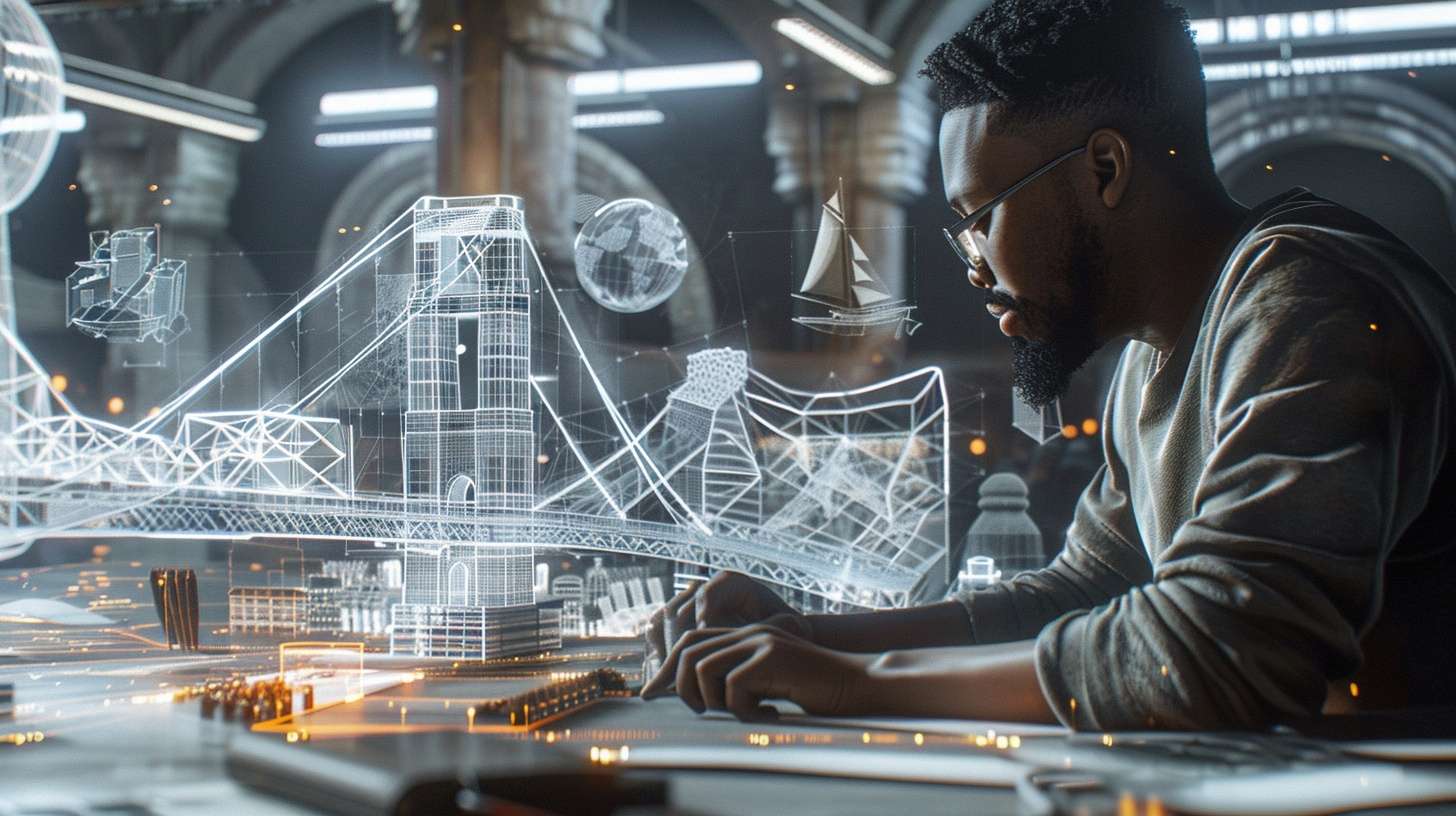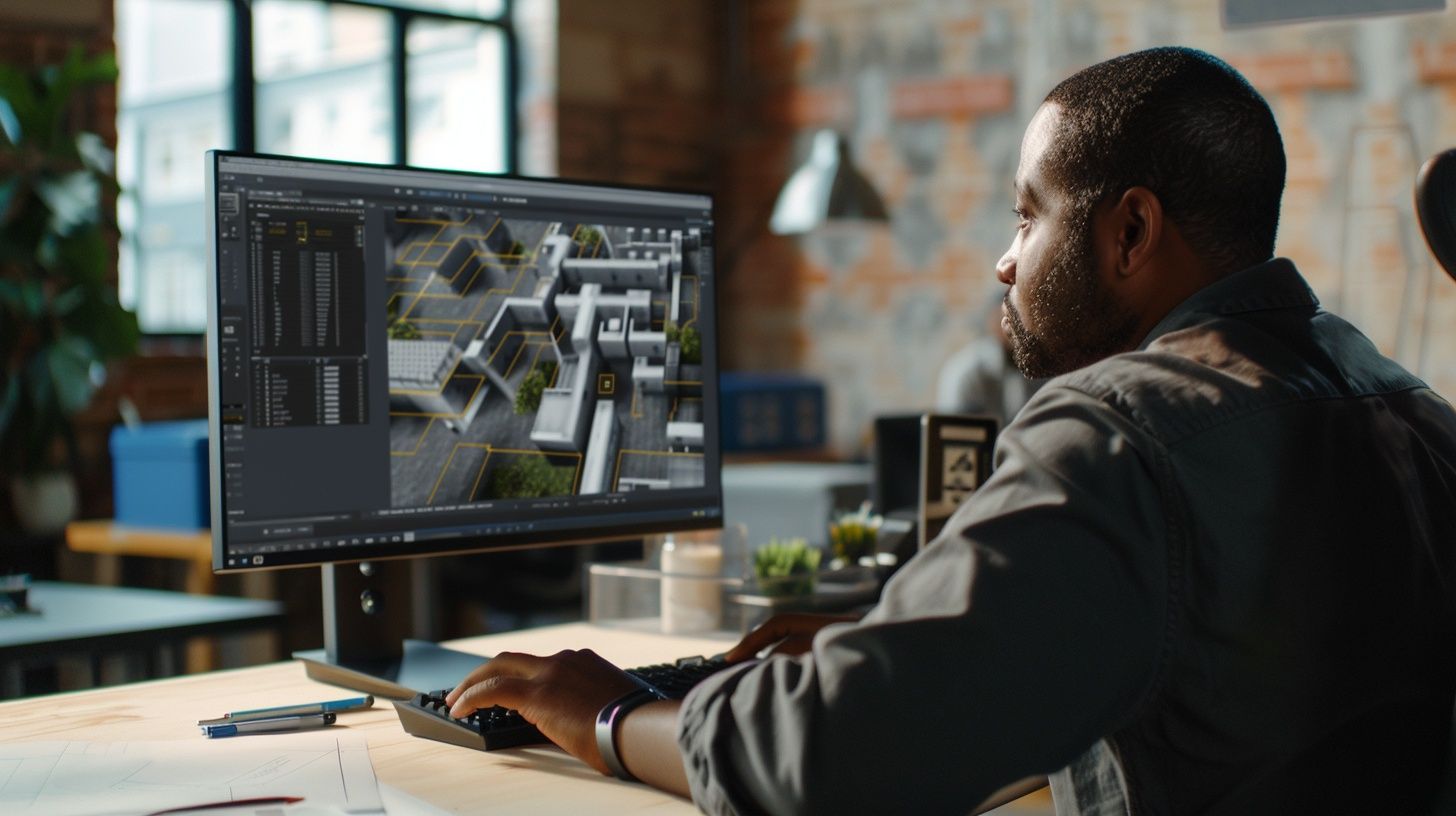
The Power of Light and Space: Principles of Interior Architecture

When we step into a well-designed space, something extraordinary happens. It’s not just about the colors or the furniture; it’s about how light and space come together to create an experience. Let’s look into the captivating world of architecture and explore the principles of interior architecture that make it all possible.
At the heart of interior architecture lies the power of light and space. Expertly harnessed, these elements can transform a mere room into a sanctuary, a haven of comfort and beauty. But what exactly makes them so potent? Well, let’s start with lighting.
Light and Space As Principles of Architecture
Lighting isn’t just about illuminating a room; it’s about setting the mood, highlighting features, and enhancing functionality. Think of it as the artist’s brushstroke, painting shadows and highlights to sculpt the ambiance. Imagine a cozy reading nook bathed in warm, diffused light, or a sleek, modern kitchen illuminated by crisp, focused beams. Each lighting choice serves a purpose, shaping how we perceive and interact with our surroundings.
But light doesn’t work alone; it dances with space to create harmony and balance. In interior design, space isn’t just about square footage; it’s about how we move through and experience a room. Understanding spatial dynamics allows designers to craft environments that flow seamlessly, inviting us to explore and linger. It’s about finding the perfect balance between openness and intimacy, between function and form.
Principles That Underpin The Power of Light and Space in Interior Architecture
Lighting, in all its forms, holds a remarkable sway over our perception of a space. It’s not just about brightness; it’s about creating depth, texture, and atmosphere. Ambient lighting bathes a room in a soft, even glow, while task lighting directs our focus to specific areas of activity. Accent lighting adds drama and flair, drawing our gaze to architectural details or cherished objects. Together, these lighting layers weave a tapestry of illumination, shaping our mood and enhancing our experience.
Functionality Is Paramount As Well
But lighting design isn’t just about aesthetics; it’s also about functionality. By strategically placing light fixtures and controlling their intensity, designers can optimize visibility and comfort. Whether it’s illuminating a workspace for productivity or setting the mood for relaxation, lighting plays a pivotal role in how we use and enjoy a space.
Now, let’s turn our attention to space—the canvas upon which light performs its magic. In interior architecture, space is more than just empty volume; it’s a dynamic framework for human interaction. Understanding spatial relationships allows designers to craft environments that feel intuitive and inviting. By carefully considering scale, proportion, and circulation, they can guide our movements and create moments of delight.
Impact of Light and Space in Interior Architecture
Lighting isn’t just a functional necessity; it’s a design element that can elevate a space from ordinary to extraordinary. By understanding the principles of lighting design—such as ambient, task, and accent lighting—designers can create environments that are both visually stunning and highly functional. Whether it’s a cozy residential retreat or a bustling commercial hub, the right lighting can enhance the user experience and create memorable moments.
Similarly, space is more than just an empty container; it’s a dynamic framework that shapes how we interact with our environment. By mastering spatial principles like scale, proportion, and circulation, designers can craft spaces that feel harmonious and inviting. Whether it’s a grand atrium or a cozy corner, the thoughtful manipulation of space can evoke emotions and foster connection.
Conclusion
So, as you get started on your own architectural journey, remember the power of light and space to transform your surroundings. Whether you’re redesigning your home or planning a commercial project, these principles will serve as your guiding stars, illuminating the path to exceptional design.
Ready to bring your architectural vision to life? Contact Designs Boss, our expert team of designers and architects, to get started on your next project. Together, we’ll create spaces that inspire and delight, where the power of light and space reigns supreme.
Latest

What Makes a Good Architectural University

What Are The Most Beautiful Bridges Ever Designed

